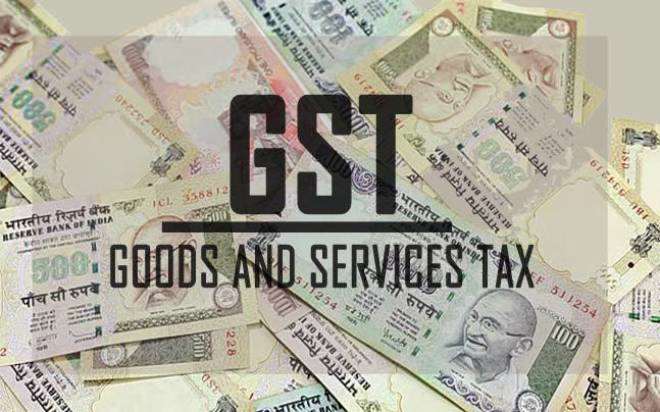In this article, we will try to understand the draft model of GST that could be modified in. It is important for us to understand the Overview of GST Tax Structure once it is implemented as the compliance of all the indirect taxation laws, all current indirect tax heads such as VAT, CST, Excise duty, Service tax, Countervailing duty, Luxury Tax, Octroi, etc. would be replaced by the Goods and Services Tax. The registration process under the Goods and Services Tax has been instigated by the Government.

Overview of GST Tax Structure
The structure of taxation regime under GST would be divided as follows:
i) Central Goods and Service Tax (CGST)
ii) State Goods and Service Tax (SGST)
iii) Inter-State Goods and Service Tax (IGST)
Though alcohol for human consumption, petroleum products, and tobacco are kept out of the scope of GST and present tax regime would continue to apply for all of these products thus extending the support to state government. The Central Government would be the only authority for collecting and levying GST.
Utilization of input credit tax
The Input tax credit with respect to all of the above-mentioned taxes could be employed for discharging the IGST liability while the input tax credit of CGST & IGST could be utilized as per the CGST Act. A tax credit of SGST & IGST could be used under the SGST Act and it is significant to note that the cross-utilization of input tax credit of SGST & CGST is not allowed but the Input tax credit will be allowed for the reverse charge.
Return Structure under GST regime
Assessees are required to file minimum 3 monthly returns and 1 annual return, according to the revised draft of the GST model. The monthly returns are relevant for the input supply, output supply. The annual and the monthly returns are summarized as below:
Form GSTR-1 is required to be filled for outward supplies and the same is to be filled on or before 10th of the succeeding month;
Form GSTR-2 required to be filled for inward supplies and the same is to be filled on or before 15th of the succeeding month;
Form GSTR-3 is required to be filled by Other than compounding taxpayer / ISD and the same is to be filled on or before 20th of the succeeding month;
Form GSTR-9 which is the annual tax return is required to filled on or before 31st December of succeeding financial year
Forms GSTR-1 & GSTR-2 contain details with respect to purchases and sales of or from several types of vendors or suppliers, imports or exports, purchase or sales returns, credit or debit notes etc.
Form GSTR-4 is required to be filled by the compounding Dealers availing the benefits of composition scheme and the same is to be filed quarterly on or before 18th day of the succeeding month of quarter ending.
Form GSTR -9A is the annual return which is required to be filed by 31st December of succeeding financial year.
Form GSTR-5 is for non-resident taxpayers.
Form GSTR-6 is for the Input Service Distributor.
Form GSTR-7 is required to be filled by persons liable for deducting tax at source. This return is to be filled monthly and the same is to be filled on or before 10th of the succeeding month.
Form GSTR-8 is required to be filled by persons liable for collecting tax at source. This return is to be filled monthly and the same is to be filled on or before 10th of the succeeding month.
Likewise, dealers having multiple registrations for their business verticals in the same State need to file GSTR-1, GSTR-2, GSTR-3 and GSTR-9 for each of their registrations separately.
Date of Registration and date of becoming liable for registration to be mentioned on the return
It is very imperative for registered taxable persons having outward supplies during the dates on which the taxable person became liable for registration and the date on which the registration was granted, should declare the same in his first return after granting of the registration.
Revision of Return under GST not permissible
The final Return needs to be filed by the registered taxable persons applying for cancellation of their registration. In case any of the taxable person after furnishing of their return finds any incorrect particulars or any omission therein, save for as a result of audit, scrutiny, enforcement or inspection activity by tax authorities, such registered taxable person needs to rectify the incorrect or omission particulars in his return which is to be filed, as revision of return is not permissible here.
Penalty Provision Under GST
Any registered taxable person who has filled his return after the date prescribed are required to pay a penalty in the form of late fees of Rs. 100 for every single day of the delay to a maximum of Rs. 5,000. Though, the late fee for filing GSTR-9, Annual Return after the date prescribed would be Rs. 100 for every single day to a maximum of 0.25 percent on the Aggregate Turnover.
Also Read- Important Dates and Events under GST